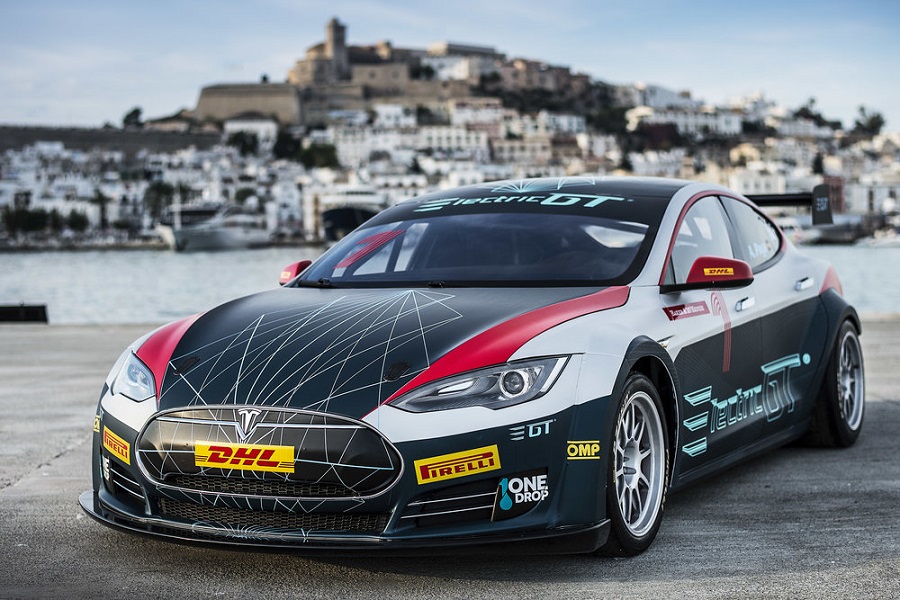Some just want to own an EV to be environmentally friendly, but we’re intrigued by their speed too! Here’s everything we know about electric car tuning.
While the EV tuning scene is still very small, the performance potential of EVs is absolutely huge. Sure, they certainly aren’t as exciting to watch purely due to the lack of sound, but you really don’t notice that when you’re behind the wheel of a ridiculously fast EV. Above all else, it’s the drive that matters.
I’m sure everybody has seen the various insanely fast EVs that have taken the records at places like Pikes Peak and Goodwood Hillclimb, not to mention ridiculously fast production cars like the Tesla Plaid or Rimac Nevera, but what about tuning your own EV? What about making a fairly ordinary EV in to a monstrously fast accelerating car? Is it even possible? Well read on and find out…

Remapping
While on first thoughts, remapping an electric vehicle might sound weird, it’s worth remembering that electronics are almost the sole controller of an EV’s performance. Therefore, if you can access the system, almost every part of the car that can improve straight line acceleration can be adjusted; even more so than on conventional vehicles.
Maximum power and torque, top speed, maximum motor rpm, throttle sensitivity, power delivery, traction control, and much more. You can fine-tune all of those factors to exactly your needs and goals if you have access to the system that controls it all, potentially giving huge gains with simple remapping. Due to their huge and instant torque, electric motors can often overpower most tires, so almost all EVs are programmed from the factory to smooth this out. In practice, that means that they only give full performance once speed – and therefore traction – increases. But, as long as you have the aftermarket tires to suit, even simply reprogramming this to allow more instant power would transform how an EV drives.
Unfortunately, just like with conventional engines, it takes time for systems to be developed that allow people to reprogram factory EV control systems, and so far this capability is rare. As you’d expect from being by far the most common EV brand, Teslas are the best catered for in this aspect at the moment, with a lot of accessibility already available via certain tuners. These folks offer simple plug-in increases of 150bhp+ on certain models.
In time, as EVs become more widespread and understood, we’re 100% sure EV remapping will be as common, if not more so, than conventional engines are currently.
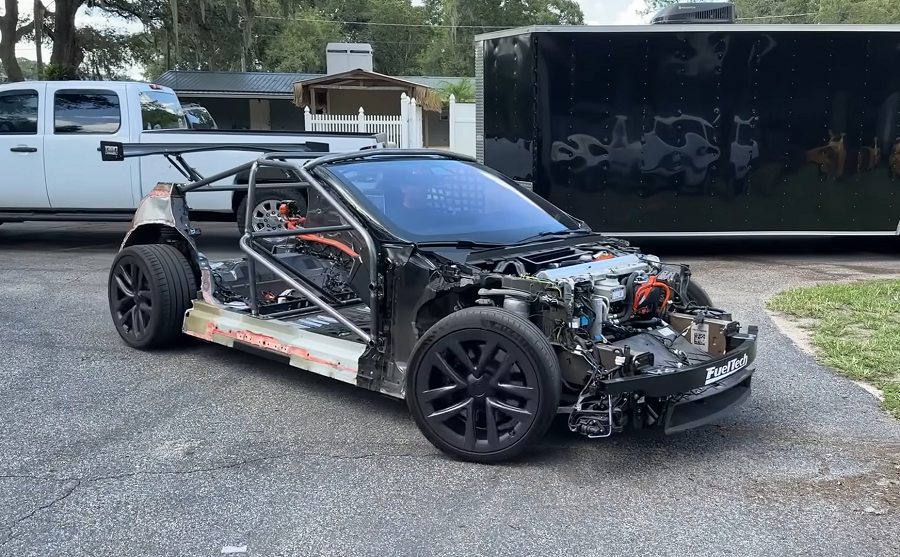
Weight loss
One thing all EVs have in common is, for their size, they are HEAVY. Like, really, really heavy. Because of this, common sense suggests an easy way to make them faster is to put them on a serious diet, but unfortunately, that’s far harder than you may think.
As an example of this, the insanely fast Rimac Nevera hypercar has a full carbon fiber chassis that weighs under 200kg. But the full weight of the assembled car? 2300kg! So how on earth is there over two tons of extra weight attached to that lightweight carbon chassis? Well, to put it simply, it’s the batteries. While the electric motors themselves are surprisingly light for their performance (weighing far less than most conventional engines making the same power), the batteries are hugely heavy.
Modern Lithium batteries are indeed far smaller and lighter than the older lead acid batteries we’re familiar with, but even the lightest and most compact EV battery is still massively heavy, with typical Tesla setups weighing around 500kg.
How can I reduce the weight of my EV?
So could you save weight on EV batteries? Potentially yes, but not easily. At the most basic level, you could remove some battery packs, but this would reduce range, and to remove enough to be worthwhile may also make the range so short it would be useless in all but a drag car. As an example of this, the top level EV rallycross cars have a 52kwh battery that weighs 330kg, which is approximately what a production Tesla battery setup weighs with the same performance. This shows not only that easy gains here aren’t possible even for race cars, but as rallycross EVs only have to last at full performance for 4 laps of short circuits, range is undoubtedly going to be low.
So what about saving weight on the rest of the car? Yes, of course, but only to a similar extent it would on a conventional car of the same size, and due to the overall much heavier weight of an EV, you’ll be removing a smaller overall percentage of weight. As a great example of this, Boostedboiz cut practically the entire body off their Tesla Plaid: no roof, no doors, no interior, no rear end at all. So, while they removed nearly 400kg in weight, that’s from a car that weighed almost 2200kg as standard, so the end result is still an incredibly heavy vehicle despite looking like a go-kart.
Set your expectations low
That’s not to say removing weight on an EV isn’t worthwhile, it certainly is, and the big performance increases Tesla owners have seen on the dragstrip from drastic weight saving measures prove that. Just don’t expect to be able to strip out an EV and create some 1000kg track weapon like you can on many conventional cars, as the unavoidable battery bulk means double that weight is far more common.
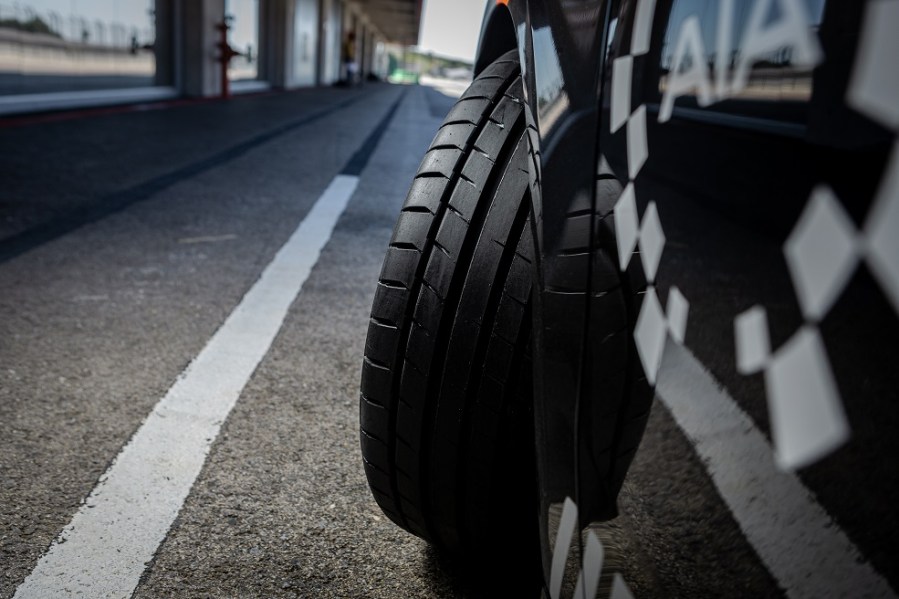
Improved traction
From driving an EV, you may think they have zero traction issues – and that is kind of true, but that’s mostly down to a mix of the traction control seamlessly limiting performance, plus the wheelspin-killing factory performance restrictions at lower speeds. If you want more, and especially if you’ve modified your EV in other ways already, improved traction can massively improve acceleration; especially from a standing start.
Stickier tires such as semi-slicks or even drag radials will give more traction and therefore reduce or eliminate the factory traction control kicking in, allowing you to access the maximum potential performance of the factory setup much more often, and if you’re able to modify the factory settings to allow more instant torque, or even simply remove a good amount of weight from the vehicle, the effects will be hugely magnified.
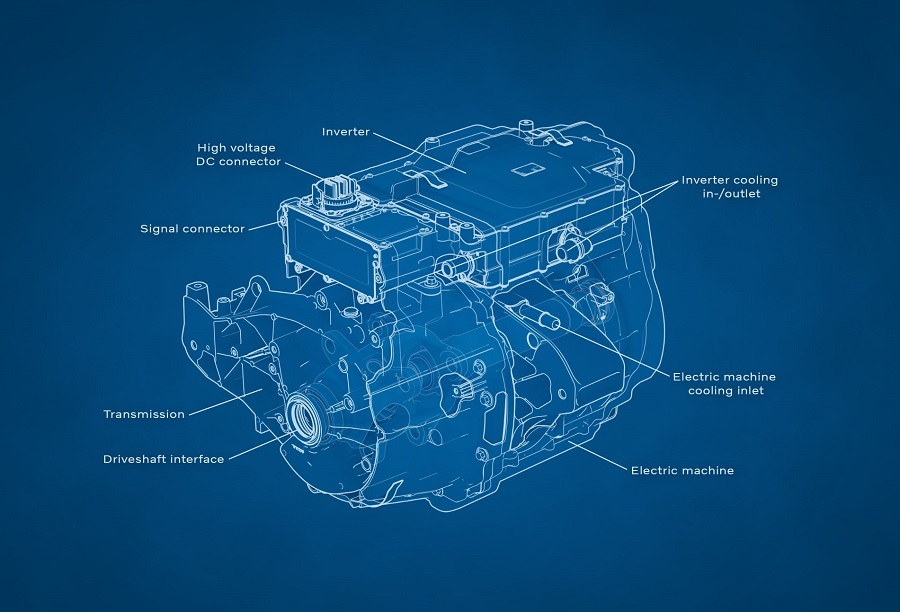
More powerful motors or more motors
Mirroring conventional car tuning wisdom, if you’ve maximized the performance of your current engine, why not fit a more powerful motor? Or add additional ones? In many respects this is much easier on EVs, with higher performance versions routinely running two, three, or four motors from the factory, and as EV motors are far smaller and lighter than conventional engines of the same performance, they’re easier to package. But that still doesn’t make it an easy task.
Just like on conventional cars, adding extra engines (or motors) means serious fabrication, as well as requiring a full control system to be able to make use of it. Overall though, if there’s room for more, this would certainly be a great way to transform a simple 2WD single motor EV to a wild 4WD 3 or 4 motor monster. However, cheap and easy are two things this process will not be!
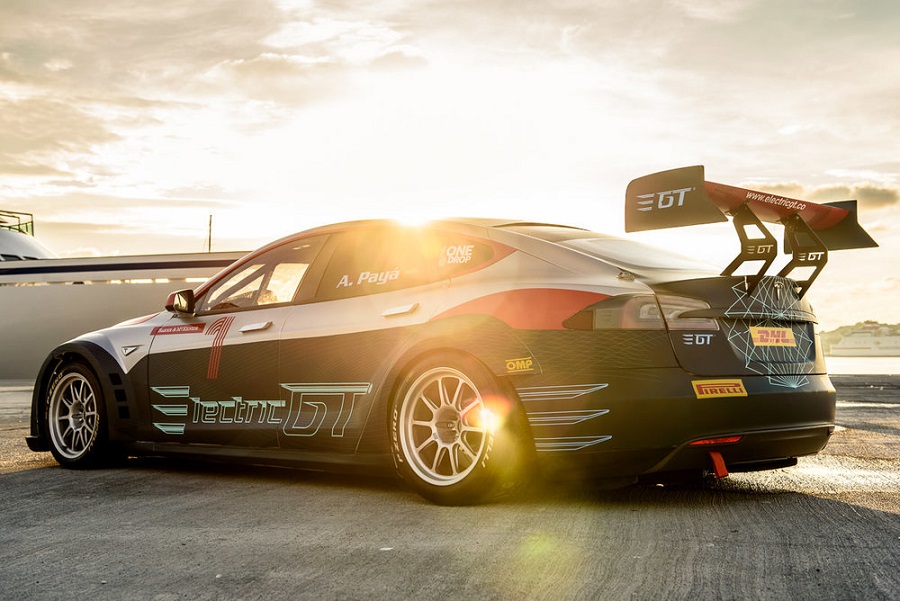
Aerodynamics
Normally the aerodynamics section in a tuning guide would be about improving aerodynamics, but with most EVs being hugely aerodynamic from the factory, this section is more about not making things worse! Aerodynamics is a complex subject that needs a whole separate feature on its own to even explain the basics, but the same fundamentals apply to EVs as any other vehicle, both for improving and accidentally ruining your cars aerodynamics.
The reason this is worth mentioning is because many people’s ideas of extreme weight reduction on EVs can be a double edged sword. Not only are EVs heavy for their size no matter how much of the car you cut away, another thing Boostedboiz’s experiment with their own Tesla Plaid kart proved is, while the decreased weight improved acceleration to some extent, the ruined aerodynamics actually slowed it down in other aspects. So much so that certain full body Teslas are still faster even in the quarter mile despite the weight disadvantage, due to the much better aerodynamics.
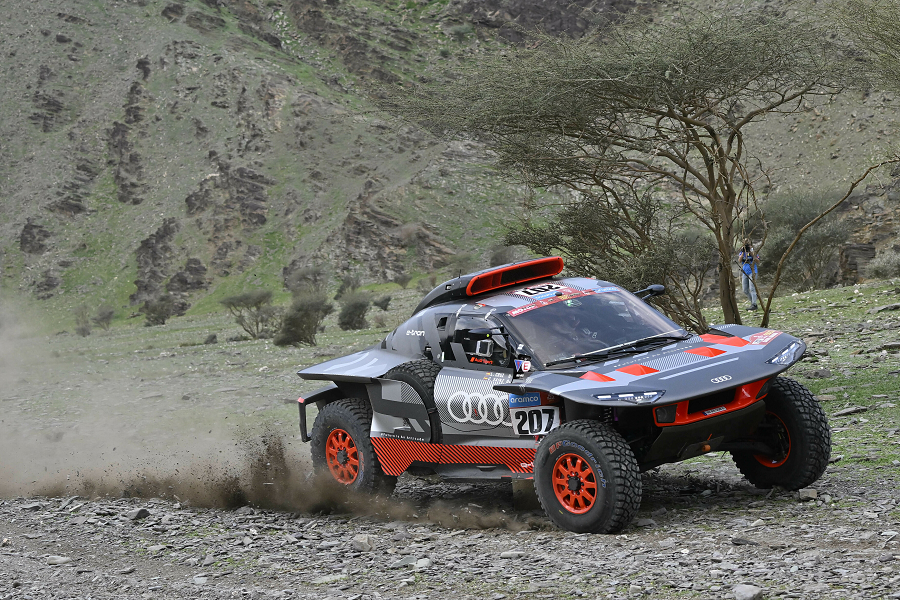
Hybrid power
Ok, here’s one that will trigger the hardcore EV folk, but potentially you could improve the performance of your EV by making it a hybrid, aka fitting an internal combustion engine. Just like production hybrid vehicles use a traditional internal combustion engine along with an additional electric motor to increase performance, especially low down power, the potential to do this backwards to a factory EV is certainly there.
If you have a two-wheel drive EV, adding a powerful internal combustion engine and running gear to power the other pair of wheels could make for a wild and certainly unique all-wheel drive hybrid.
Speaking of unique, you could do this in other ways too. For example, use a small internal combustion engine as a range extender by using it purely to charge the batteries, like the system used in Audi’s Dakar buggy. And hey, who says the additional engine has to power the wheels to make the car faster? What about thrust? Be right back, we’re off to search eBay for military surplus jet engines…

